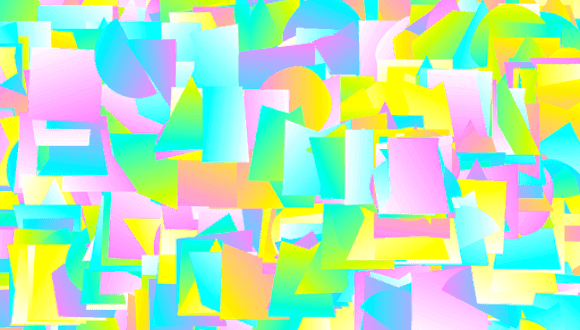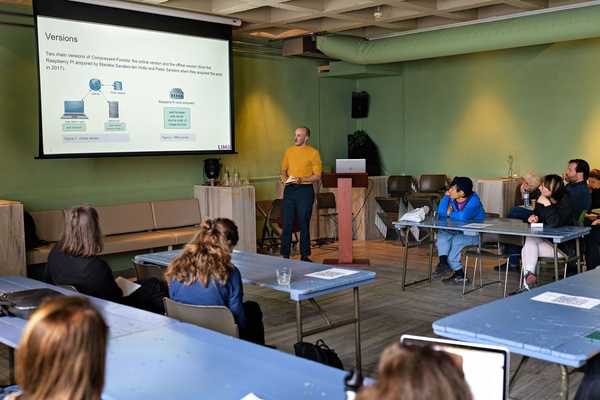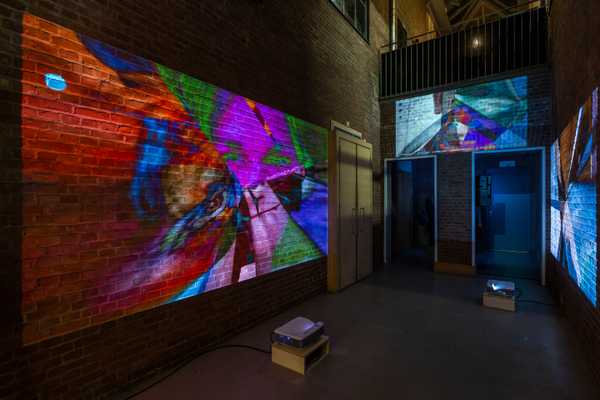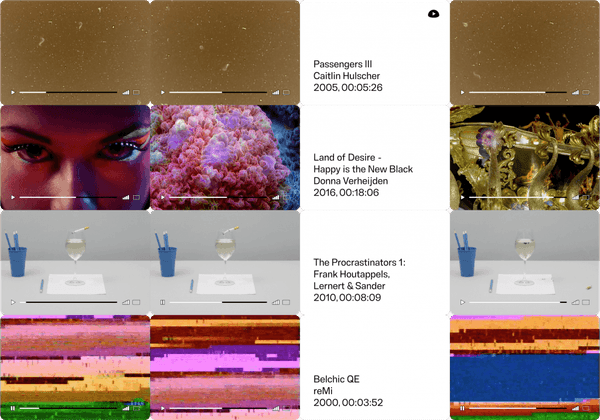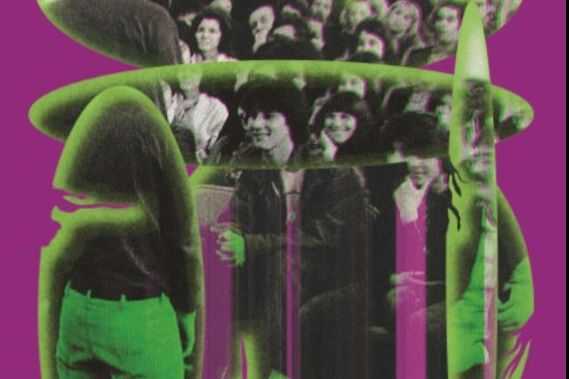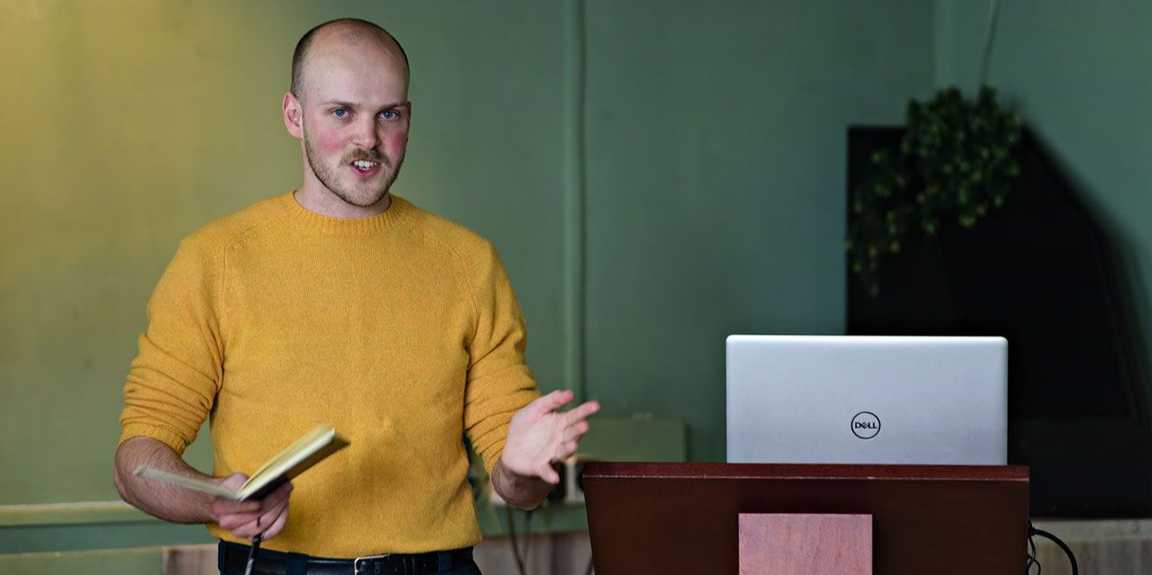
12½ Years LI-MA: The Future of Collaborative Care
Preserving born-digital art through shared care and sustainable infrastructure
As LI-MA celebrates 12½ years of pioneering work in media art preservation, we reflect on our journey and look ahead to the future. This milestone highlights our ongoing commitment to rethinking how digital art is cared for, moving from singular efforts toward a collaborative, sustainable framework that ensures these complex works remain accessible. This article marks the final feature in our 12½ years series, closing a chapter while opening space for continued dialogue and innovation.
As media art continues to evolve alongside rapid technological change, its preservation demands a shift in traditional museum practices from isolated efforts to shared responsibility. It requires shared infrastructures, collective expertise, and long-term commitment across institutions, disciplines, and practices. This is especially critical for internet- and software-based works, whose longevity relies on a constellation of actors, from artists and curators to engineers and conservators.
Digital heritage is often narrowly understood as the preservation of digitised objects. However, many artworks LI-MA works with are “born-digital” – created exclusively in digital form without any physical or analog counterpart.
This distinction is part of daily reality for Joost Dofferhoff, registrar at LI-MA, who is deeply involved in navigating the complex challenges of preserving born-digital art. From obsolete formats to fragile software environments, Joost acts as the bridge between technical preservation and institutional memory, ensuring that artworks, many of them born-digital or tech-dependent, can be safely stored, understood, and exhibited now and in the future.
At LI-MA, preservation goes beyond safeguarding objects; it is also about nurturing relationships: between artists and institutions, works and technologies, people and practices. Digital and media art are now integral to contemporary practice and public collections, but the infrastructures that support these works, from hardware and software to documentation and institutional knowledge, are constantly evolving. Such complexity cannot be managed in isolation.
Why Collaborative Infrastructure?
That belief lies at the heart of Collaborative Infrastructure for Sustainable Access to Digital Art: a multi-year, practice-based research project led by LI-MA, involving 18 cultural organisations, ten artists, and a broad network of advisors, specialists, and conservators. Together, we are building the knowledge, structures, and tools needed to care for digital artworks in the long term, collectively and sustainably.
Prompted by the urgent need to prevent the loss of digital artworks from Dutch collections, the project aims to build capacity for the preservation of complex, technology-based works. These include internet art, VR installations, software-based pieces, and other hybrid forms that challenge traditional museum systems and conservation standards.
Informed by ten case studies from participating collections, the project focuses on developing shared methodologies for analysis, documentation, storage, and care, always in conversation with artists and their intentions.
Who Cares for Netart? Shot by Luc Schraauwers
The project brought together ten case studies from across the Netherlands, including works by artists such as Rosa Menkman, Jan Robert Leegte, Saeeda Saeed, and Rafaël Rozendaal. These artworks push the boundaries of traditional preservation strategies and require novel approaches, whether through emulation, version control, or technical migration. By documenting each case and developing open workflows, the project lays the foundation for scalable, transferable methods that can support both emerging and iconic works.
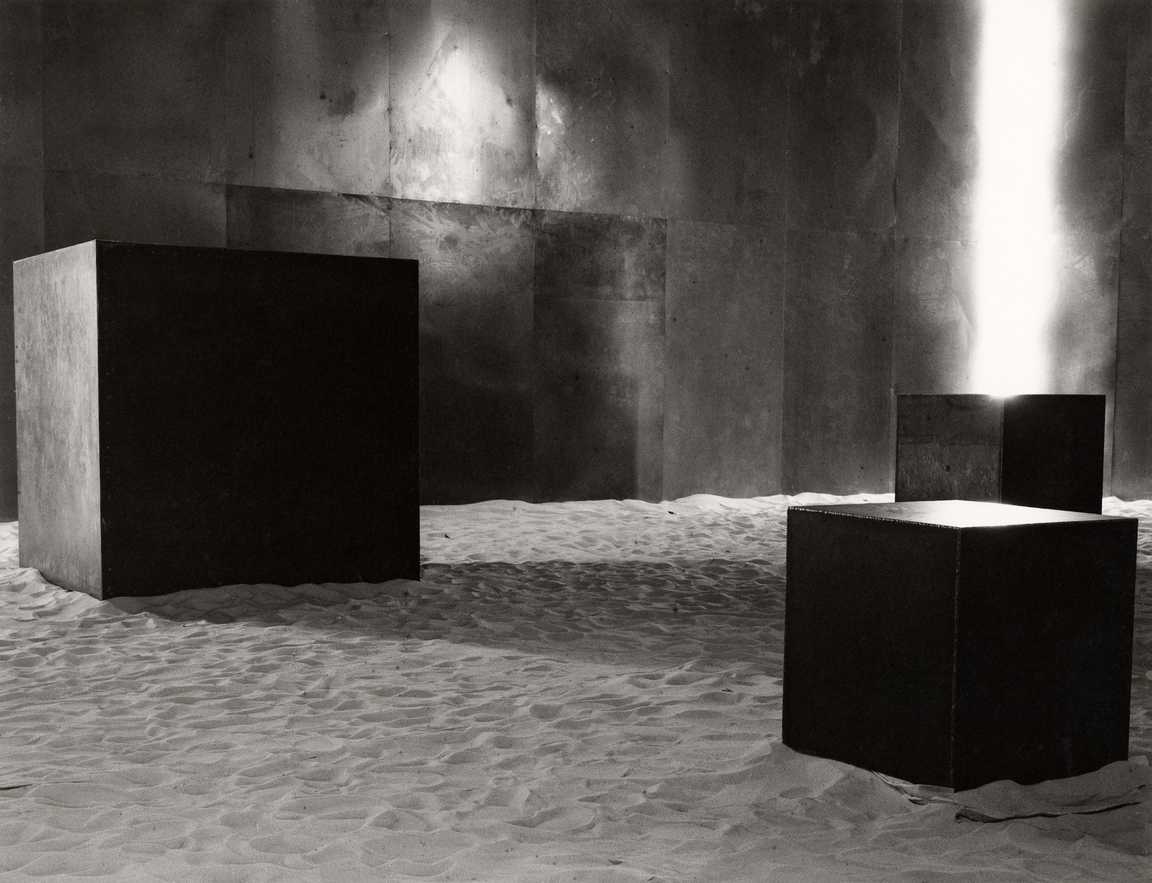
Ton Bruynèl, Kubusproject, Stedelijk Museum, 1969 – 1971
A Success Story: Kubusproject – Navigating Digital Obsolescence
One notable success story is the Kubusproject by Ton Bruynèl, a hybrid analog/digital artwork from 1971. After decades of neglect, it was restored and digitised for exhibitions, yet its 2009 digital format (using Flash) became obsolete by 2024, highlighting the rapid pace at which digital preservation challenges evolve.
The Future of Collaborative Care
The future of media art preservation lies not only in technical infrastructure, but in cultivating the shared responsibility and interdependent networks that digital artworks inherently require. As Francisca Sousa notes in Collaborating for Sustainable Access to Digital Art: A Project Overview, the field is undergoing an "ecological turn" in conservation thinking, which foregrounds the social, political, and infrastructural layers shaping how media artworks are sustained.
Collaborative processes not only solve preservation challenges, but redefine institutional roles and relationships. Collaboration requires shared values, transparency, and respect for artistic vision, especially in contested institutional settings. Sustainable access to digital art depends on ongoing dialogue, distributed knowledge, and mutual commitment. LI-MA’s role, as an intermediary, offering both technical expertise and cultural sensitivity, is crucial.
Preserving and caring for media art is essential to understanding digital culture and history, as without the surviving artworks and documentation, much of this history would be nearly impossible to recover.
Join the Network of Care
LI-MA operates at the intersection of artistic experimentation, archival practice, and technological innovation. Our Collaborative Infrastructure project is just one part of our broader mission to support artists, collections, and institutions in shaping the future of digital culture.
By building these systems together, we ensure that digital art remains visible, meaningful, and accessible in all its complexity for generations to come. If you believe in this mission, we invite you to become a friend of LI-MA.
Header image: Joost Dofferhoff at Transformation Digital Art 2023. Photo by Pieter Kers.


